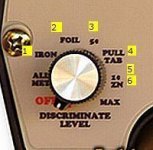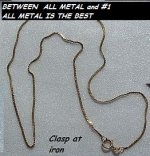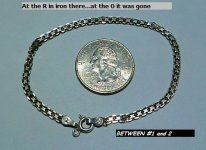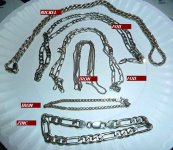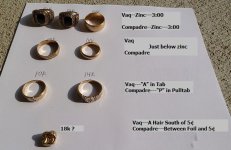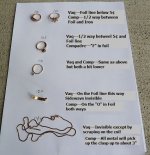GroundSweeper
Forum Supporter
I realize this thread is nearly a year old,
But DANG it isn't worth a shout out.
Thank you Digger27 for post #8 quoted below...
I printed it out for reference, as I begin to learn my Compadre.
Thanks!
Bummer the pictures didn't come thru in the quote so here's the direct link:
http://metaldetectingforum.com/showpost.php?p=1168172&postcount=8
But DANG it isn't worth a shout out.
Thank you Digger27 for post #8 quoted below...
I printed it out for reference, as I begin to learn my Compadre.
Thanks!
Everything but the larger sizes.
Several members recommended pointing the knob to #2 to get all coins.
I think they will dig too many tabs and trash at this level and lose interest.
These are all approximate...
This is where I get a solid signal before it discs out on gold.o
Size and thickness will matter, purer gold will also be higher in conductivity and will come in a little higher.
The larger the object the higher it will disc out.
Tiny studs and small targets will be closer to #1...iron or below.
Silver and gold chains will come in between #1 and 2.
Bummer the pictures didn't come thru in the quote so here's the direct link:
http://metaldetectingforum.com/showpost.php?p=1168172&postcount=8



